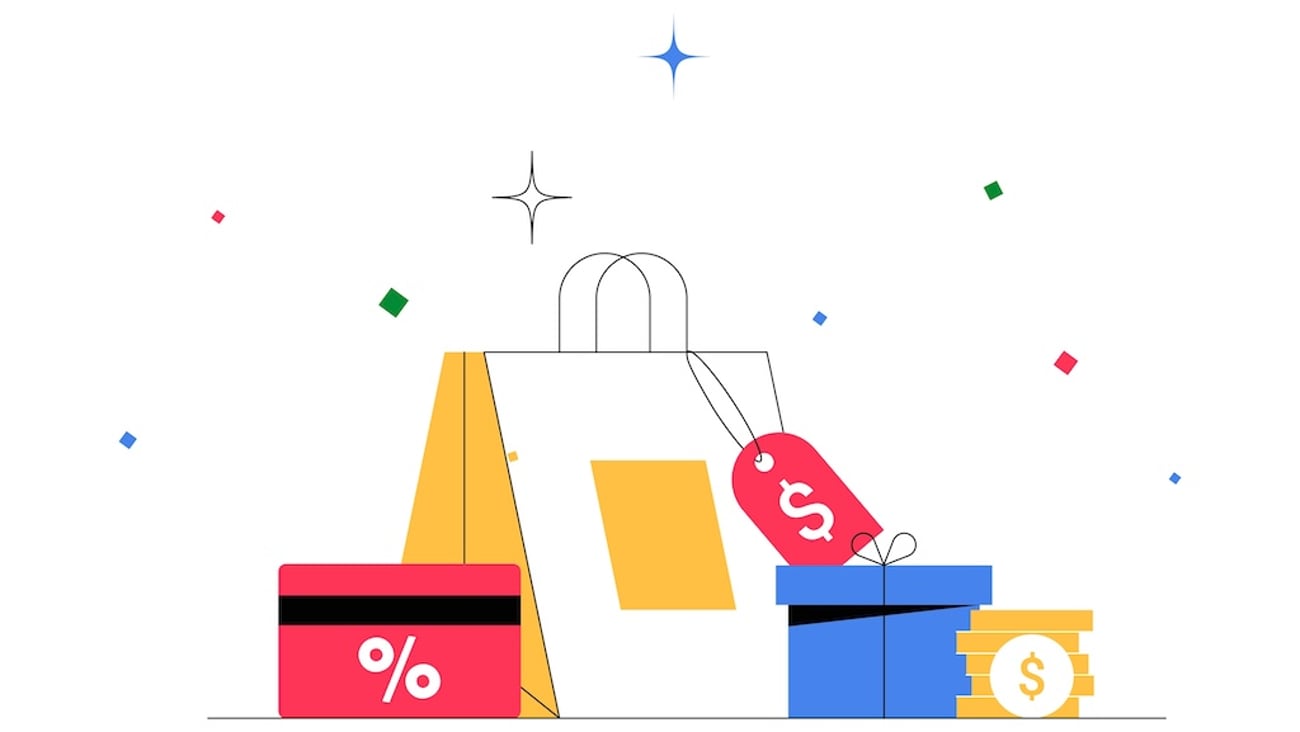Brand loyalty in the age of inflation
There has been a shakeup in Canada’s loyalty market over the past three years. First the pandemic shifted consumer behaviour and now soaring inflation is altering buyer priorities.
To get a sense of the current landscape, Caddle partnered with Retail Council of Canada to survey more than 2,000 shoppers nationally. The numbers show that loyalty programs have become critically important in this economy.
Nearly half of shoppers say inflation has made them pay more attention to loyalty programs. Most Canadians use at least one type of rewards program, with free retail offerings like PC Optimum in the lead, followed by financial institution-led plans like Air Miles, and just over half of shoppers pay for membership programs with retailers like Costco.
READ: Majority of Canadians have ‘substantially’ changed grocery shopping habits
Though prices are still the biggest factor in determining where people shop, loyalty programs come in a close second with just over half of consumers reporting that rewards influence their shop selection either a lot or completely. Three-quarters say they wouldn’t shop at a store as frequently if its rewards program was discontinued.
Over the last few years, experiential rewards had growing appeal for Canadians but now, when money’s tight, rewards that help with cost savings have the highest value. Forty-seven per cent of shoppers prefer cash back programs and 35% of shoppers value rewards that can be redeemed for cash.
When it comes to point collection, shoppers want it to be easy. And, despite their high adoption, rewards programs still have pain points to address. Indeed, 32% of consumers say there are aspects of loyalty programs they dislike. The biggest headache is lacklustre offers, followed by limitations on where points can be redeemed.
READ: With abundant data and insights, Empire Company’s big loyalty play is paying off
The perception that offers aren’t enticing enough can signal a gap in the consumer’s understanding. Shoppers want a transparent rewards experience where value is crystal clear. Now, as consumers take added interest in stacking rewards and seeking out deals, brands should take a closer look at how their offers are presented.
Customers know brands have more data than ever before and they expect some of those personalized insights will be reflected in-store. With a steady onslaught of offers, relevance is key. Respondents across most generations said making offers more relevant would motivate them to use loyalty programs, while gen-Z said they wanted more flexibility in where they can redeem.
The generational differences don’t stop there. Though gen-Z consumers trail their elders in reward program usage, they still consider loyalty offerings important. In fact, they’re significantly more likely than other generations to say loyalty offerings matter more now than three years ago, and 58% say the economy has had a big impact on their perception of loyalty rewards programs.
READ: Why grocers need to adjust their loyalty strategies to deliver the goods
Ultimately, gen Zs are highly loyal when their trust has been earned, but their tech prowess has changed their priorities. For example, they may play fast and loose with their data on social media platforms, but they are far more concerned with how brands use their data than any of their predecessors. They’re also more motivated than other generations by rewards that involve access to special events. Part of that proclivity is due to their love for shareable, exclusive events and it also speaks to their desire for a deeper connection with their favourite brands.
One challenge for brands is to satisfy diverse generational needs. Caddle found that generations on both ends of the spectrum – 25% of baby boomers and 28% of gen Z – said they experienced challenges with rewards programs’ apps or websites. While the tech savvy gen-Z shopper might have higher expectations for user experience and interface, boomers might encounter usability problems. It’s wise for companies to avoid generational stereotypes when targeting customer behaviour and focus on using their own customer data insights coupled with third party data guidance instead.
Canada has one of the most mature loyalty markets and in this current economic climate, consumers are evaluating the true value they’re getting. Cash is king and flexibility of choice in how they use their rewards is not just a nice to have but table stakes. It’s never been more critical to leverage customer data to make the purchase journey even more attractive. After all, your shoppers are paying attention.
This article first appeared in Canadian Grocer’s September/October 2023 issue.





